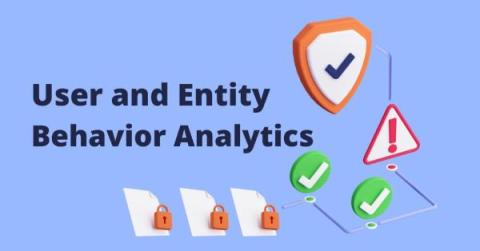Beyond UEBA: Elevating Insider Risk Management with Behavioral Intelligence
Insider risk management is more critical than ever as human error and insider threats drive escalating security breaches. While many organizations have adopted User and Entity Behavior Analytics (UEBA) to monitor potential risks, relying solely on UEBA may fall short of the depth needed to stay ahead of these increasingly complex threats.








